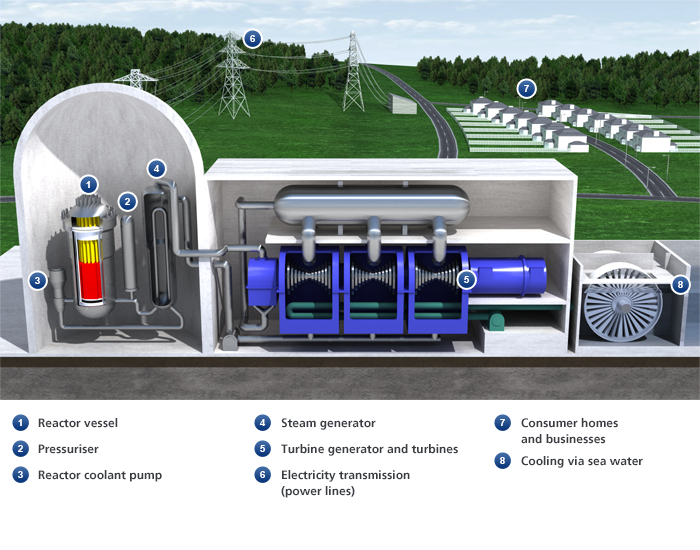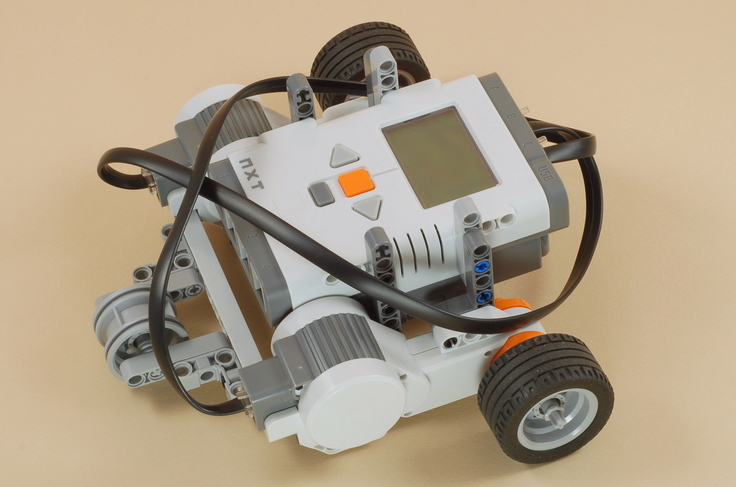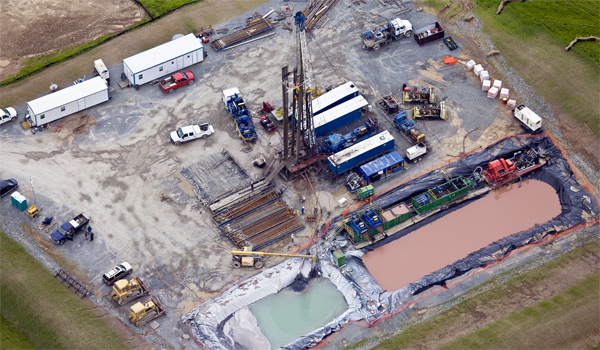Pandora’s Promise is a documentary covering the debate over nuclear power. It presents the aspects of both sides, pro and anti-nuclear and many of the pro-nuclear interviewees were at one time anti-nuclear. This provides an interesting perspective on how some very enthusiastic environmentalists publicly condemning nuclear power can now be very much so in support of nuclear power.
Overall the documentary presents a position in support of nuclear power and does so by “debunking” many of the myths associated with nuclear power. These myths mostly center around the danger nuclear power presents such as the history of nuclear accidents- Three Mile Island, Fukushima, Chernobyl… They addressed the fact that the death toll is thought to be very high, with some extremists (as shown in the documentary) when that is actually not the case at all. Nuclear power has one of the lowest amount of deaths in regards to energy types, an even lower position than solar energy.
I was not aware of the varying levels of background radiation that exists everywhere in varying quantities. Radiation is a naturally produced substance and it is different when one goes to different locations, such as being higher in high altitudes. Chernobyl had a lower amount of radiation than many other locations, so what does this mean? Many people who lived in the area before the accident have returned and, as far as they are aware, no one has suffered any deaths related to the radiation.
One of the most interesting parts of the documentary in my option was when the fine print of an anti-nuclear add was read and it turned out to be sponsored by the oil and gas industry. It is true that solar and wind energy at this point are not capable of making up for the energy production fossil fuels contribute, at least not today and maybe not ever.
The fact is that the world’s energy needs are continuing to grow, especially as third world countries develop. Electricity brings a higher quality of life to people and the people of developing countries are making strides in gaining access to electricity. As this energy demand grows, so does the strain on the environment as we use resources (fossil fuels) that produce emissions. Nuclear is a very clean producer of energy and it can reuse its fuel! The dangerous products that nuclear energy produces are very minimal and can safely be stored. New models of reactors can even use this stored material as fuel.
While I was in support of nuclear energy before this documentary, it did a clear and concise job of explaining many of the key issues people, including myself, associate with nuclear power- weapons, toxic material, safety… I feel it is very informative and addresses the issues in ways that the general public can understand. There are many misconceptions when it comes to nuclear energy and it is an interesting take having people who used to believe in those misconceptions take part in the explanation of why they are inaccurate.

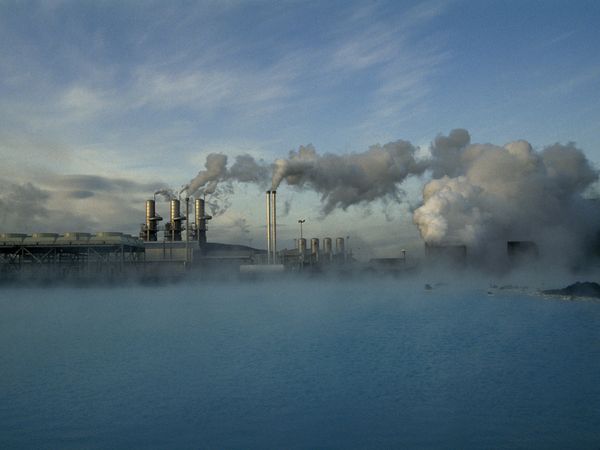


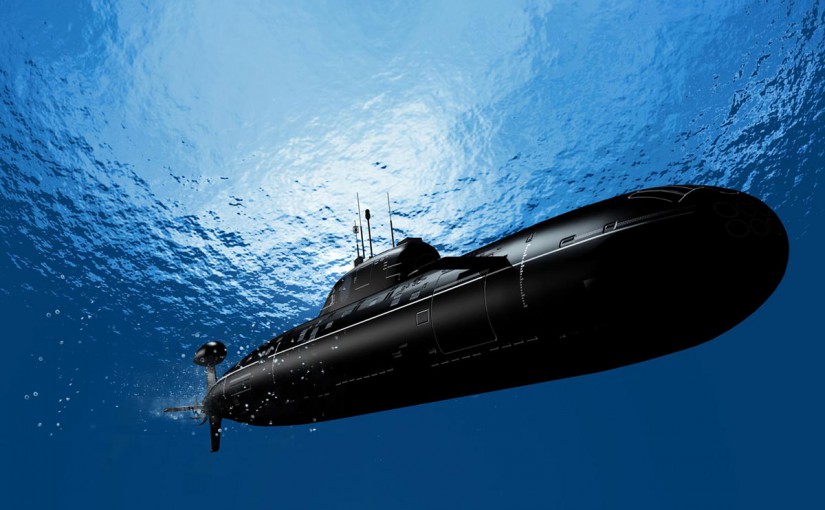




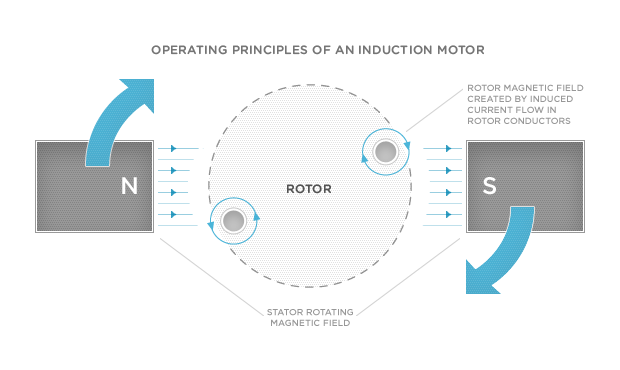

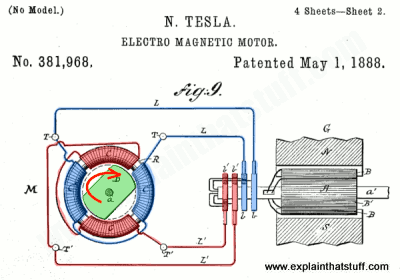
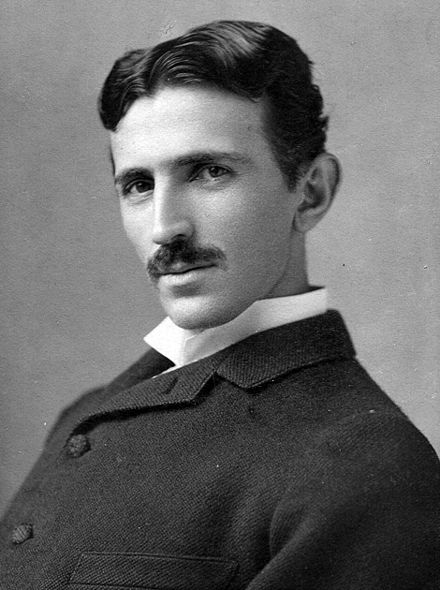
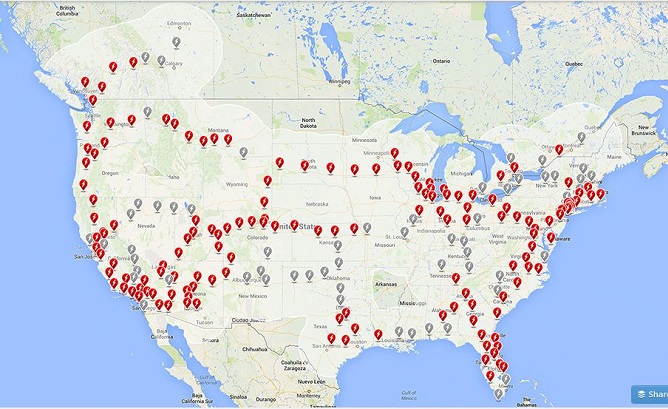
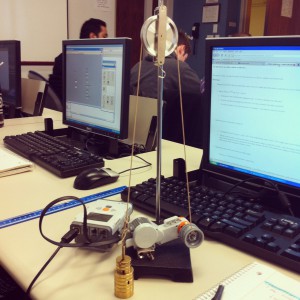



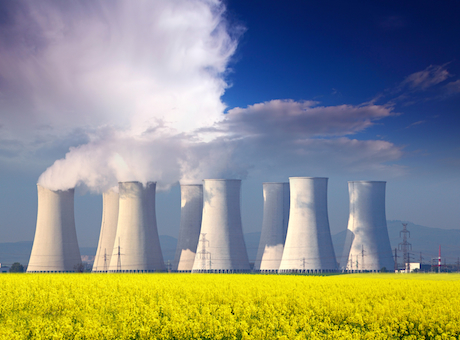
 How does a natural gas power plant work? The first step at a natural gas power plant is pumping the natural gas into the turbine. There it is mixed with air and burned, creating heat energy. Combustion gas is also created. The heat causes the combustion gas to expand causing a buildup of pressure. The pressure drives the combustion gas over the blades of the gas turbine, causing it to spin, converting some of the heat energy into mechanical energy. A shaft connects the gas turbine to the gas turbine generator so when the turbine spins, the generator spins as well. Using an electromagnetic field, the generator converts the mechanical energy into electrical energy. The combustion gas is then piped to the heat recovery steam generator where it is used to heat pipes of water, turning the water to steam, before leaving through the exhaust stack. The hot steam expands in the pipes and emerges under high pressure. These high-pressure steam jets spin the steam turbine. The steam turbine is connected by a shaft to the steam turbine generator, which converts the turbine’s mechanical energy into electrical energy.
How does a natural gas power plant work? The first step at a natural gas power plant is pumping the natural gas into the turbine. There it is mixed with air and burned, creating heat energy. Combustion gas is also created. The heat causes the combustion gas to expand causing a buildup of pressure. The pressure drives the combustion gas over the blades of the gas turbine, causing it to spin, converting some of the heat energy into mechanical energy. A shaft connects the gas turbine to the gas turbine generator so when the turbine spins, the generator spins as well. Using an electromagnetic field, the generator converts the mechanical energy into electrical energy. The combustion gas is then piped to the heat recovery steam generator where it is used to heat pipes of water, turning the water to steam, before leaving through the exhaust stack. The hot steam expands in the pipes and emerges under high pressure. These high-pressure steam jets spin the steam turbine. The steam turbine is connected by a shaft to the steam turbine generator, which converts the turbine’s mechanical energy into electrical energy.
